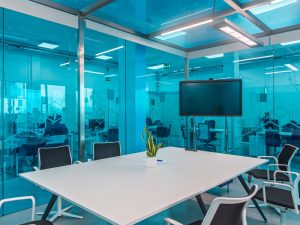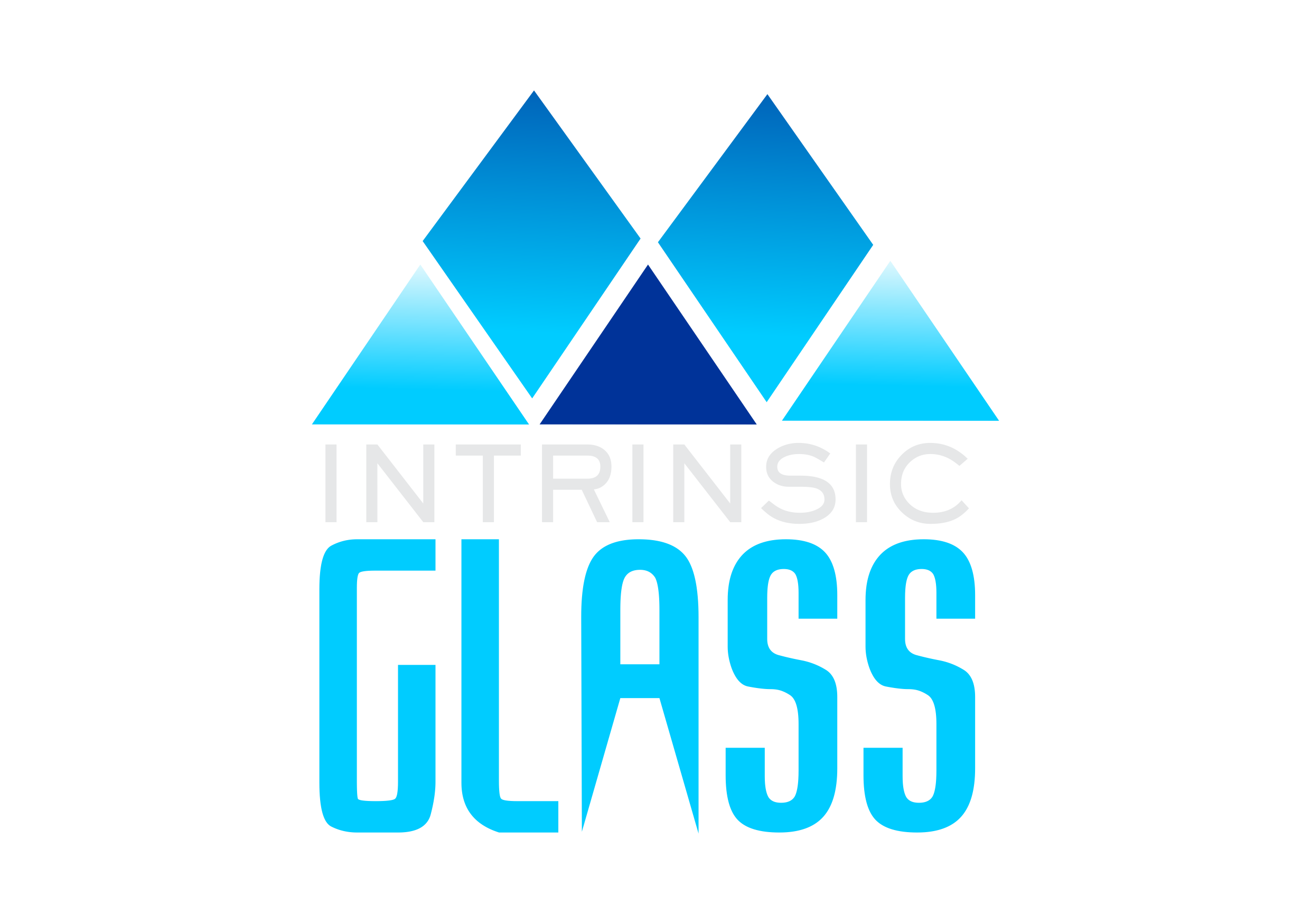Does your office layout still rely on bulky, closed-off meeting rooms? While they may offer quiet, they can also suppress creativity and communication. A glass meeting room flips the concept by creating spaces that feel open, connected, and purpose-built for the way modern teams operate. This article explores how making the switch can enhance collaboration, improve spatial flow, and better align your workplace with today’s evolving team needs.
What are the limitations of traditional meeting rooms?
While traditional meeting rooms have long been part of office culture, they aren’t always the most practical. Solid walls cut off natural light and sightlines, making the space feel darker and more enclosed than it needs to be. In many cases, these rooms take up too much real estate and sit empty for large portions of the day.
What’s more, the closed-off nature of these spaces can discourage spontaneous collaboration. It’s harder to jump in, offer input, or stay informed when you’re kept out, physically and visually.
- Blocks out light and visibility
- Occupies space inefficiently
- Makes team collaboration more formal
- Discourages impromptu discussions
- Limits the adaptability for hybrid or agile teams
Traditional layouts just don’t match the needs of today’s fast-moving work environments.
How do isolated workspaces affect team productivity?
Think about how your team works. Isolated workspaces may offer fewer distractions, but they also reduce interaction. That means less feedback, slower decisions, and weaker relationships across departments. Over time, this siloed environment affects the whole company culture.
Without visual access to what others are working on, it’s easy to lose context or miss opportunities to collaborate. This often results in duplicated efforts or dropped details.
What’s more, poor spatial design can impact how supported your staff feel. Strategic office upgrades that support employee well-being often begin with improving layout visibility and reducing barriers, both physical and social.
- Reduces knowledge sharing and real-time feedback
- Slows down teamwork and responsiveness
- Makes project alignment harder to achieve
- Causes team members to feel disconnected
- Impacts morale and job satisfaction
A workspace that separates people can hold your productivity back more than you might realise.
How can a glass meeting room improve office collaboration?
Switching to a glass meeting room can improve team interaction. With clear walls, people can see who’s meeting, what projects are happening, and when the room is free. This level of visibility fosters trust and transparency, two key ingredients in a collaborative culture.
At the same time, modern acoustic solutions ensure conversations stay private, even while the room remains visually open. This allows your team to hold strategic discussions without feeling boxed in.
- Enables impromptu participation
- Increases team transparency
- Enhances space utility through visibility
- Creates an open but contained meeting space
- Improves overall communication flow

A great place to start is understanding how to create seamless office partitioning, which allows these spaces to integrate naturally with the rest of your floorplan.
What design features define an effective glass meeting room?
A smart glass meeting room balances aesthetics with functionality. You’ll want acoustic-rated glass to block sound, optional frosting or decals to provide discretion, and adaptable furniture to suit different team sizes and meeting styles.
Natural light is also a major factor—well-lit rooms boost mood and productivity. Don’t forget ventilation and access to power and AV tech, which support everything from brainstorming to client calls.
- Acoustic glass or panels for privacy
- Privacy options like frosting or smart film
- Modular seating and tables
- Built-in tech outlets and screens
- Ventilated layout to keep air flowing
| Design Feature | Purpose | Bonus Benefit |
| Acoustic laminate glass | Blocks out noise | Keeps discussions confidential |
| Switchable privacy film | Offers on-demand discretion | Suits multiple meeting types |
| Smart lighting | Reduces glare and eye strain | Enhances comfort and energy use |
| Modular furniture | Fits changing team needs | Increases room usage rates |
| Ventilated structure | Improves airflow | Boosts alertness and well-being |
These features combine to create a space that works just as hard as your team does.
Can a glass meeting room balance privacy and openness?
It’s a common worry—won’t a glass room feel too exposed? But with the right design elements, you can get the best of both worlds. Acoustic-grade panels keep conversations quiet, while frosted or switchable glass can provide as much privacy as needed.
That level of control makes it easy to adapt the room to different kinds of meetings, whether you’re holding a quick check-in or a confidential review.
- Maintains discretion without closing off the team
- Allows flexible use for varying privacy needs
- Strengthens trust across the office
- Keeps the workspace visually connected
- Maximises functionality in small office settings
This setup works particularly well in offices that prioritise flexible design, especially if you’re exploring how glass partitions optimise limited space.
Why is a glass meeting room ideal for agile workspaces?
Agile offices need spaces that can pivot quickly, support short meetings, and keep people aligned. A glass meeting room fits this bill perfectly. Its openness supports real-time updates and decision-making, while its modular layout can shift to fit different group sizes or formats.
Whether you’re doing a quick sprint planning session or gathering for a last-minute sync, this type of room removes the friction that traditional setups often create.
- Supports hybrid, in-person, and rotating team schedules
- Enhances transparency across fast-moving projects
- Makes it easier to find space on demand
- Encourages spontaneous but focused teamwork
- Aligns with the key benefits of modern glass partitions in offices

Agility isn’t just about speed—it’s about having the right tools in place to move efficiently, and your meeting room should be one of them.
Is a glass meeting room the right fit for your office?
A well-designed meeting space can shape how your team interacts every day. By replacing solid walls with glass, you open up your office—literally and culturally. A glass meeting room supports better flow, boosts transparency, and makes teamwork feel more natural.
If you’re curious about how this approach could work in your office, you can always explore more with the Intrinsic Glass team for advice tailored to your needs.

